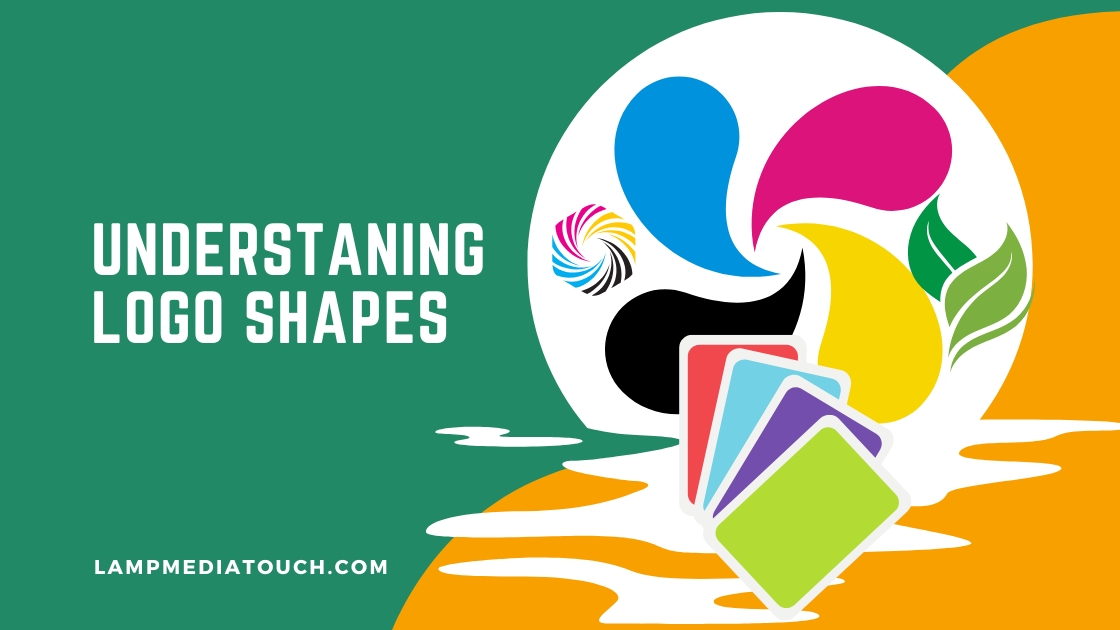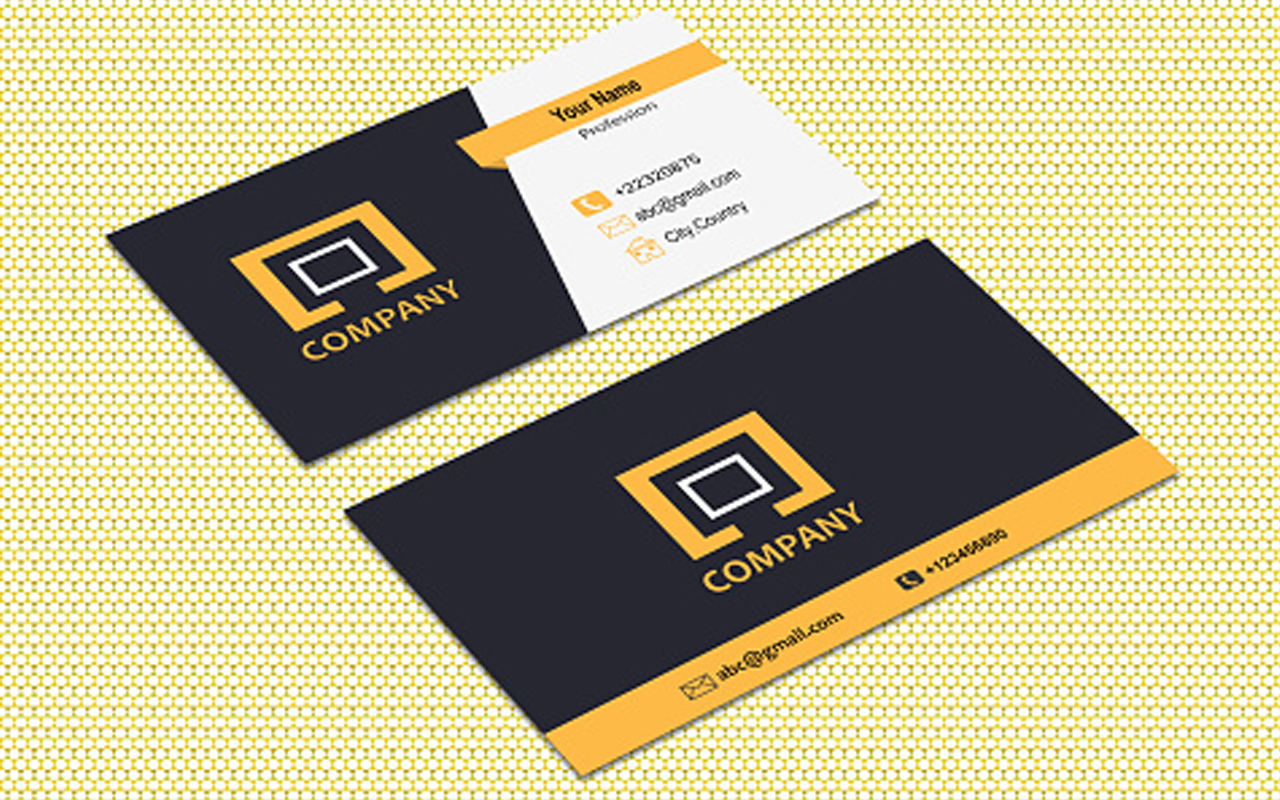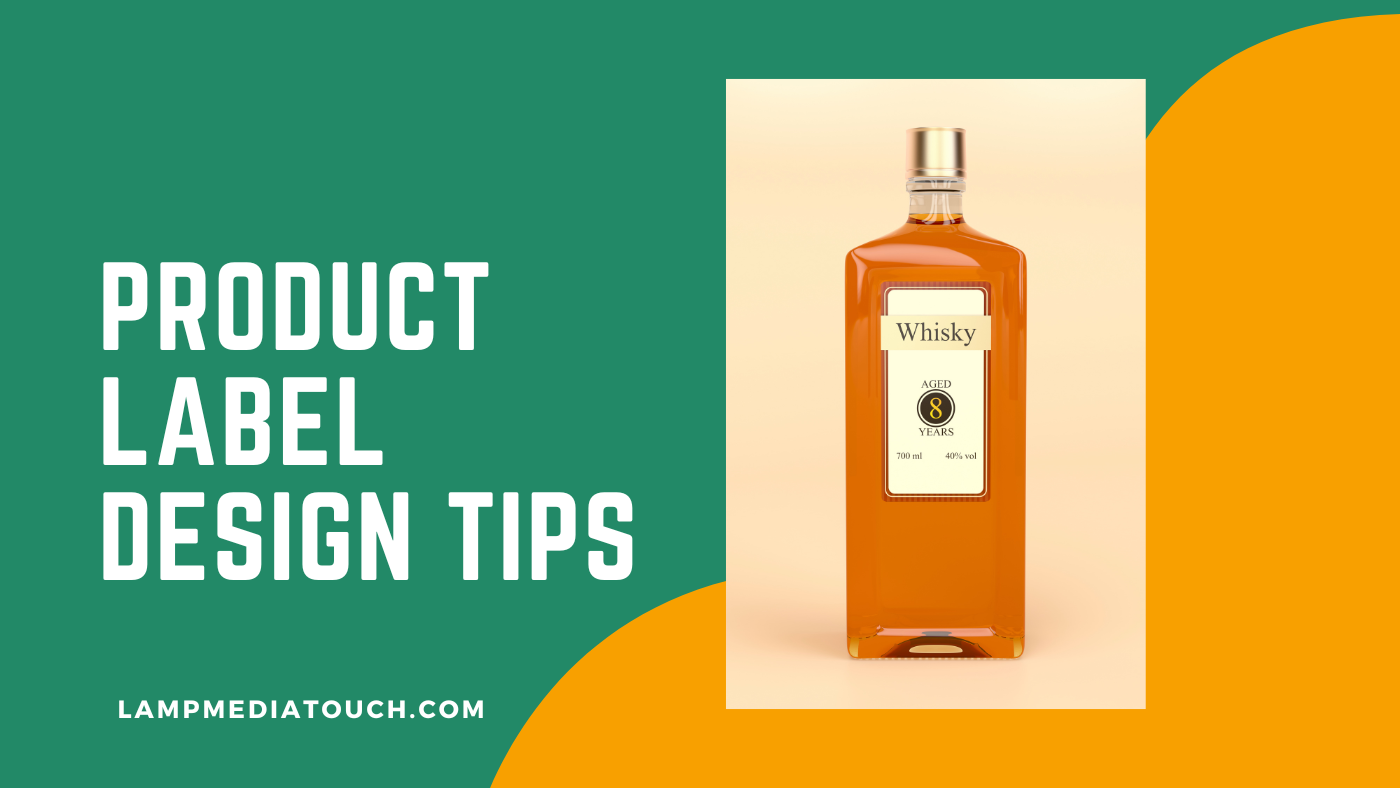Introduction
A brand’s logo is its most recognizable element, often forming the first impression a customer has of a business. While color and typography contribute significantly to a logo’s effectiveness, logo shapes play a critical role in how a brand is perceived. Shapes are more than just design elements—they carry psychological meanings, influence emotions, and affect consumer behavior.
Table of Contents
But what exactly are logo shapes? Logo shapes refer to the fundamental forms—such as circles, squares, triangles, and abstract figures—that define the structure of a logo. Whether used in a symbol, a background element, or even within typography, these shapes convey messages that can reinforce a brand’s identity.
For instance, circles are associated with unity, inclusion, and harmony, making them a popular choice for social and wellness brands. Triangles, with their sharp angles, suggest dynamism, progress, and innovation, making them ideal for technology or sports brands. Squares and rectangles convey stability, professionalism, and strength, often seen in financial institutions and corporate businesses.
This article explores the psychological impact of different logo shapes, their role in branding, and how businesses can strategically use them to build a strong, lasting identity.
The Psychology Behind Logo Shapes
Every shape carries subconscious associations that can affect how a brand is perceived. By understanding the psychology of different logo shapes, businesses can align their design with their brand values and messaging.
1. Geometric Logo Shapes: Stability, Precision, and Structure
Geometric shapes are structured and orderly, creating a sense of reliability, professionalism, and efficiency. These shapes are commonly used in industries that require trust and authority.
Circles, Ovals, and Ellipses

Circles are unique in logo design because they lack sharp edges, making them soft, inviting, and harmonious. Psychologically, circles symbolize unity, infinity, and inclusivity. Brands that want to appear welcoming and trustworthy often use circular logos.
Examples of brands using circular logos include:
- Target, which emphasizes a sense of community and friendliness.
- Pepsi, which conveys energy and movement while maintaining a feeling of connection.
Because circles can also symbolize movement, they work well for brands that want to showcase flow, continuity, and global reach, such as airlines and technology companies.
Squares and Rectangles

Squares and rectangles are often associated with stability, strength, and professionalism. Their structured, balanced nature makes them ideal for brands that want to project an image of reliability.
These shapes are commonly seen in corporate and financial branding, as they create a feeling of order, safety, and trust. Some well-known brands that use square-based logos include:
- Microsoft, which emphasizes consistency and dependability.
- IBM, whose strong, structured logo reinforces its authority in the tech space.
When used effectively, squares can frame elements of a logo, helping to highlight the name or icon in a way that feels structured and contained.
Triangles
Triangles are one of the most dynamic geometric shapes, often associated with power, movement, and direction. Depending on their orientation, they can convey different meanings:
- Upward-facing triangles symbolize growth, ambition, and stability, making them ideal for finance, law, and real estate businesses.
- Downward-facing triangles can represent risk-taking and creativity, often used by brands that want to appear unconventional.
- Side-facing triangles suggest motion and progress, commonly seen in tech and sports brands.
A great example is Adidas, whose slanted triangle logo represents forward movement and athleticism.
2. Organic and Free-Form Shapes: Creativity, Nature, and Emotion

Organic shapes are irregular, fluid, and inspired by natural elements. They often create a more relaxed, friendly, and humanized brand image.
Natural Shapes (Leaves, Waves, Clouds, Rocks)
Natural shapes convey themes of sustainability, wellness, and authenticity. They are commonly used by brands in eco-friendly, beauty, and health industries.
For example:
- Whole Foods incorporates natural elements in its logo to emphasize sustainability.
- The Body Shop uses organic shapes to reinforce its commitment to nature and ethical sourcing.
Natural shapes feel less rigid than geometric ones, making them ideal for companies that want to appear approachable, warm, and environmentally conscious.
Curved Shapes and Spirals
Curved shapes often represent fluidity, softness, and adaptability. They create a sense of warmth and friendliness, making them ideal for brands in wellness, fitness, and personal care.
Spirals, in particular, are associated with growth, evolution, and transformation, making them a popular choice for educational and coaching brands.
A strong example is Coca-Cola, whose curved script logo evokes a sense of movement and fluidity, reinforcing the brand’s dynamic energy.
3. Abstract and Symbolic Shapes: Uniqueness and Conceptual Branding
Abstract logo shapes do not conform to traditional geometric or organic forms. Instead, they are designed to evoke emotions, curiosity, and brand differentiation.
Minimalist Abstract Shapes
Abstract logos use simplified, modern design to create memorable brand identities. They often combine elements from multiple shape categories to form unique symbols.
Some well-known abstract logos include:
- Nike’s swoosh, which suggests motion and speed.
- Airbnb’s symbol, which represents belonging and connection.
Abstract logos work well for brands that want to appear innovative, forward-thinking, and creative.
Symbols and Cultural Shapes
Some brands incorporate recognizable symbols—such as hearts, stars, or arrows—to reinforce their brand message.
- Hearts symbolize love and compassion, commonly used in healthcare and nonprofit organizations.
- Stars convey excellence, ambition, and leadership, often seen in luxury and entertainment brands.
- Arrows represent movement, progress, and direction, frequently used by logistics and tech companies.
By using familiar symbols, brands can create instant recognition and emotional impact.
How to Choose the Right Logo Shape for Your Brand
1. Define Your Brand’s Personality and Message
Before selecting a shape, it is essential to determine the brand’s core values, tone, and target audience.
| Brand Attribute | Recommended Shape |
|---|---|
| Trustworthy, Reliable | Square, Rectangle |
| Friendly, Community-Focused | Circle, Oval |
| Innovative, Cutting-Edge | Triangle, Abstract |
| Organic, Natural | Free-form, Leaf, Wave |
2. Consider Industry Norms and Customer Expectations
Different industries have established design conventions that influence consumer perception.
- Finance, Law, and Corporate: Squares and rectangles emphasize stability and professionalism.
- Technology, Sports, and Innovation: Triangles and abstract shapes convey energy and progress.
- Health, Wellness, and Sustainability: Organic shapes and curved elements evoke calmness and authenticity.
3. Balance Shape with Typography and Color
A successful logo integrates shape, font, and color to create a cohesive brand identity.
- Round shapes paired with soft typography create an approachable, friendly vibe.
- Angular shapes with bold, uppercase fonts convey strength and authority.
- Combining multiple shapes strategically can create a balanced and meaningful design.
Final Thoughts
The shape of a logo is more than just an artistic decision—it is a strategic tool that shapes brand perception and consumer trust. Whether it’s a structured geometric form, an organic natural element, or an abstract design, choosing the right logo shape can reinforce a brand’s identity and set it apart from competitors.
By understanding the psychology of logo shapes and aligning design choices with business goals, brands can create logos that not only capture attention but also build strong, lasting connections with their audience.
Would you like to refine your logo design strategy? Explore our branding resources or consult with a professional designer to craft a logo that truly represents your brand.





